Over 40,000 pets experience plant-related poisoning annually in the U.S., according to the ASPCA. Fortunately, pet owners don’t have to choose between greenery and safety. “Numerous beautiful and low-maintenance plants can coexist safely with pets,” says veterinary toxicologist Dr. Sarah Mitchell. The key is choosing safe varieties and using smart placement to keep harmful plants out of reach.
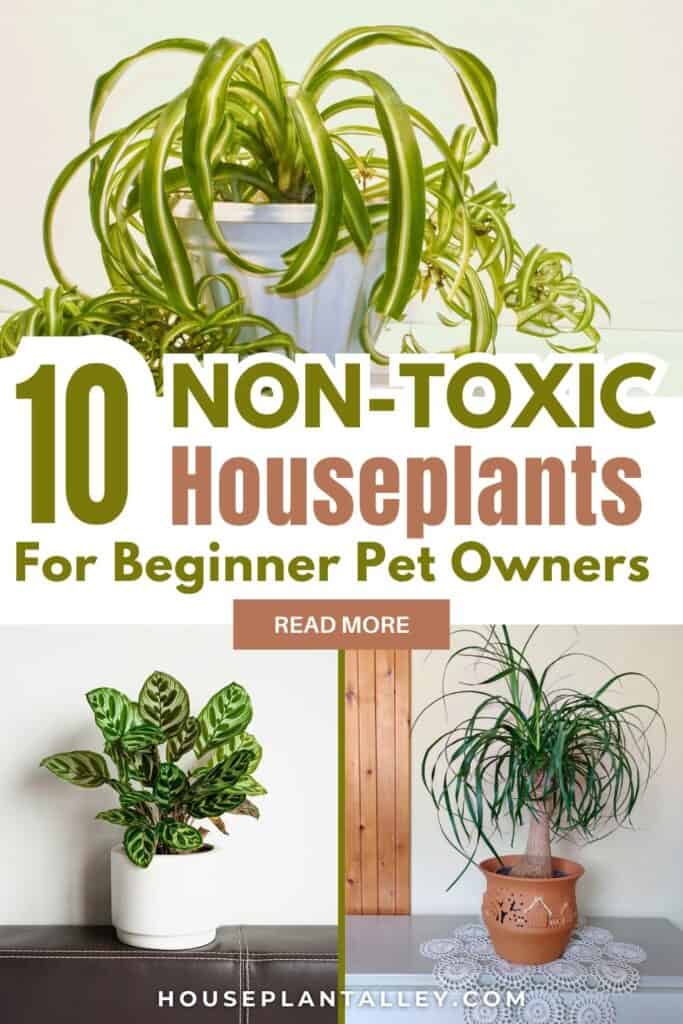
Contents
Understanding Pet Safety With Indoor Plants
Not all plants are created equal when it comes to safety. Toxicity varies widely, and pets’ curiosity can get them into trouble. Cats tend to paw at dangling leaves, while dogs may chew stems or dig in soil. Even non-toxic plants can cause mild stomach upset in large quantities, warns veterinary botanist Dr. Sarah Chen. It’s best to monitor interactions and avoid toxic species altogether.
Creating a safe plant environment starts with awareness. Learn which species are toxic, and use protective measures like elevated placements or barriers for plants that might tempt your pets. Staying informed and proactive goes a long way toward preventing plant-related incidents inside your home.
Most Popular Pet-Friendly Houseplants
Spider Plant
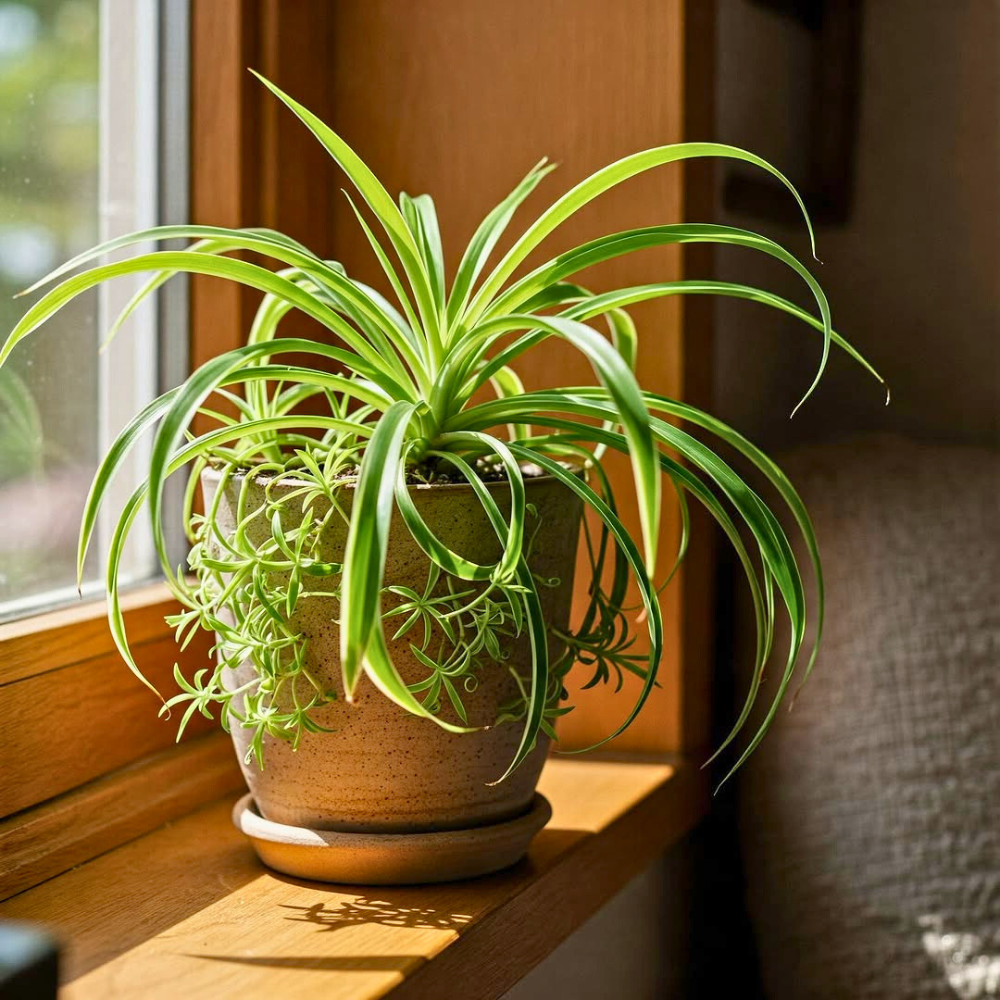
Graceful and low-maintenance, spider plants top the list. Their arching leaves are safe for pets and thrive in varied light conditions.
Areca Palm
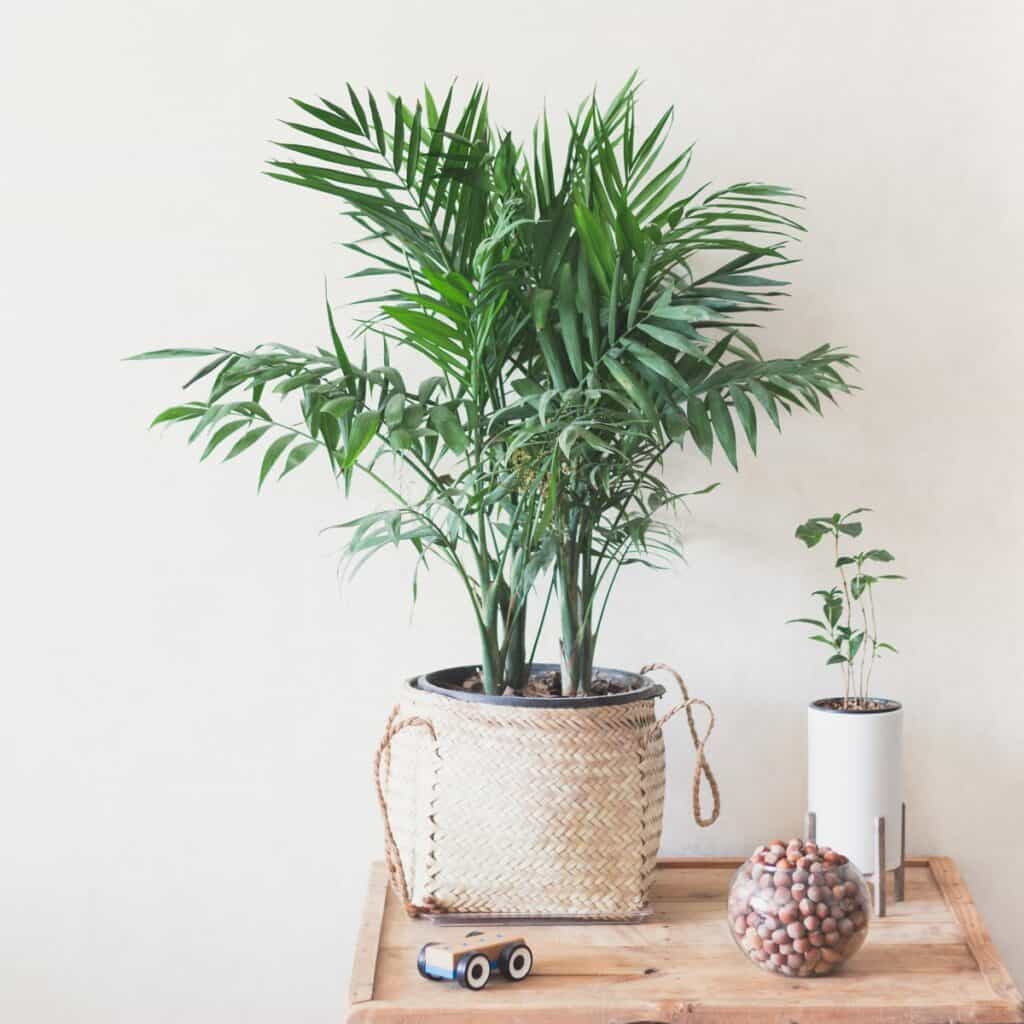
This tropical beauty adds flair without risking pet safety. It’s ideal for corners and flourishes in bright, indirect light.
Calathea
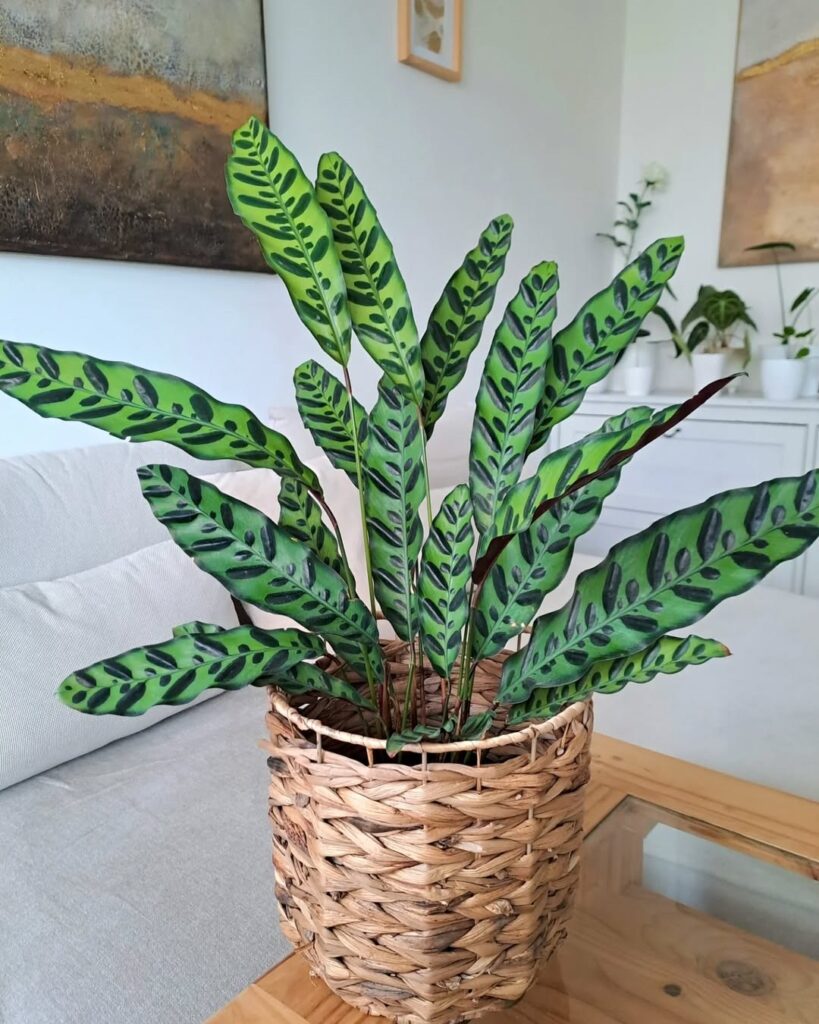
Known for patterned leaves that fold up at night, calatheas are non-toxic and visually stunning. They prefer medium light and high humidity.
Best Locations to Keep Plants Away From Pets
Smart placement reduces risk and enhances style. Wall-mounted shelves at 4–5 feet keep small plants elevated. Heavier floor plants belong in stable containers tucked into corners where pets won’t easily tip them over.
Dr. Sarah Chen recommends “staggered placement using multiple heights and surfaces.” Hanging baskets near windows, staghorn ferns mounted on walls, and windowsills above pet reach all make great options. High bookcases and tiered plant stands can also display foliage while keeping it safely out of reach.
Essential Care Tips for Pet-Safe Plants
Pet-safe plants still require thoughtful care and supervision. Their well-being depends on consistent routines and a watchful eye for any signs of plant or pet distress. Proper maintenance also reduces stress behaviors in pets, especially when plants are secured and undisturbed.
- Check soil moisture every 2–3 days using your finger or a moisture meter
- Water weekly and fertilize monthly during growing seasons
- Adjust lighting based on each plant’s specific needs
- Use aluminum foil or decorative stones around soil to deter digging
- Keep a spray bottle nearby to discourage nibbling or pawing
- Rotate plants quarterly for balanced growth
- Remove yellowing or damaged leaves promptly
- Monitor pets near plants and redirect with toys or treats if needed
- Prune regularly to promote bushier growth and remove hazards
Signs Your Pet Has Nibbled on Plants
Identifying early signs of plant ingestion can prevent more serious complications. Pets don’t always show symptoms immediately, so visual cues and behavior changes should be closely watched. A fast response can be life-saving when toxic exposure is suspected.
- Vomiting, drooling, or diarrhea
- Pawing at the mouth or rubbing their face
- Torn or chewed leaves near the plant
- Scattered soil or broken pots
- Sudden fatigue, hiding, or reduced appetite
- Presence of plant material in your pet’s mouth or waste
- Bite marks on known toxic plants
- Whimpering or abnormal vocalizations
- Swollen gums or excessive licking
If you notice any of these signs—especially in combination—contact your veterinarian immediately, even if symptoms appear mild. Early intervention is key.
Creating a Pet-Friendly Indoor Garden
Designing a beautiful and secure space starts with clever layering and mindful plant selection. Hanging baskets and elevated surfaces keep plants away from curious pets while adding vertical interest. Choosing safe species and grouping plants by care needs ensures both visual balance and safety.
Botanist Dr. Sarah Chen recommends combining textures and heights. Spider plants work well in hanging displays, while floor-friendly options like ponytail palms can anchor larger arrangements. Wall-mounted staghorn ferns, mixed with small containers of watermelon peperomia, create dynamic yet protected plant clusters that pets can admire safely from a distance.
Easy-to-Grow Plants for Pet Owners
Cast Iron Plant
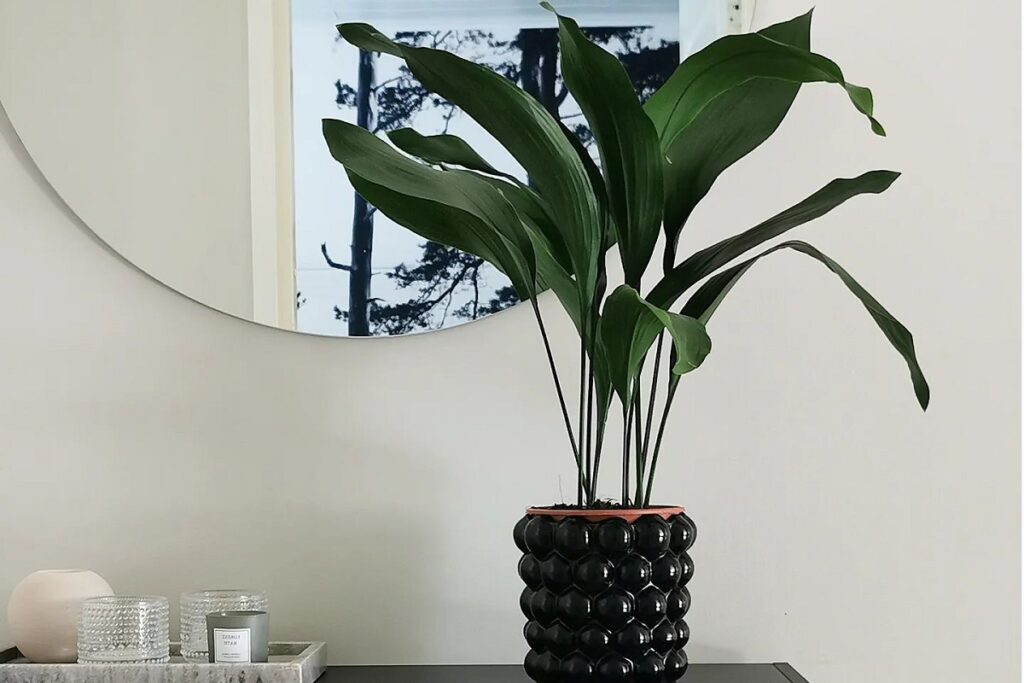
Tolerant of neglect and low light, cast iron plants are perfect for busy pet owners. They rarely suffer from environmental stress and are non-toxic.
Ponytail Palm
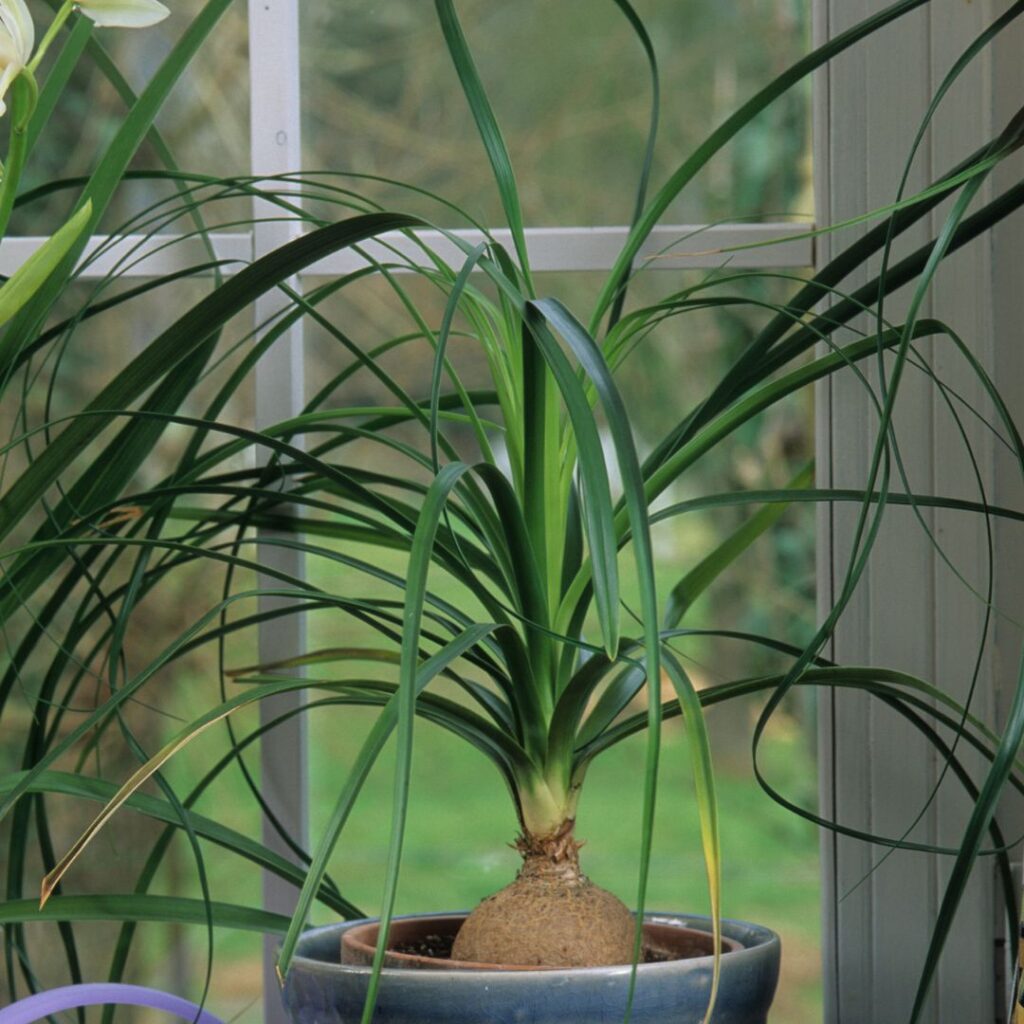
With its distinctive trunk and feathery leaves, this non-toxic plant is drought-resistant and visually striking. It adapts easily to dry indoor environments.
“Plants like these can tolerate a wide range of conditions and won’t suffer if you forget to water them once in a while,” says Dr. Sarah Chen. They’re reliable, safe, and ideal for maintaining a low-effort indoor garden that also prioritizes pet safety.
